The endless possibilities of virtual reality
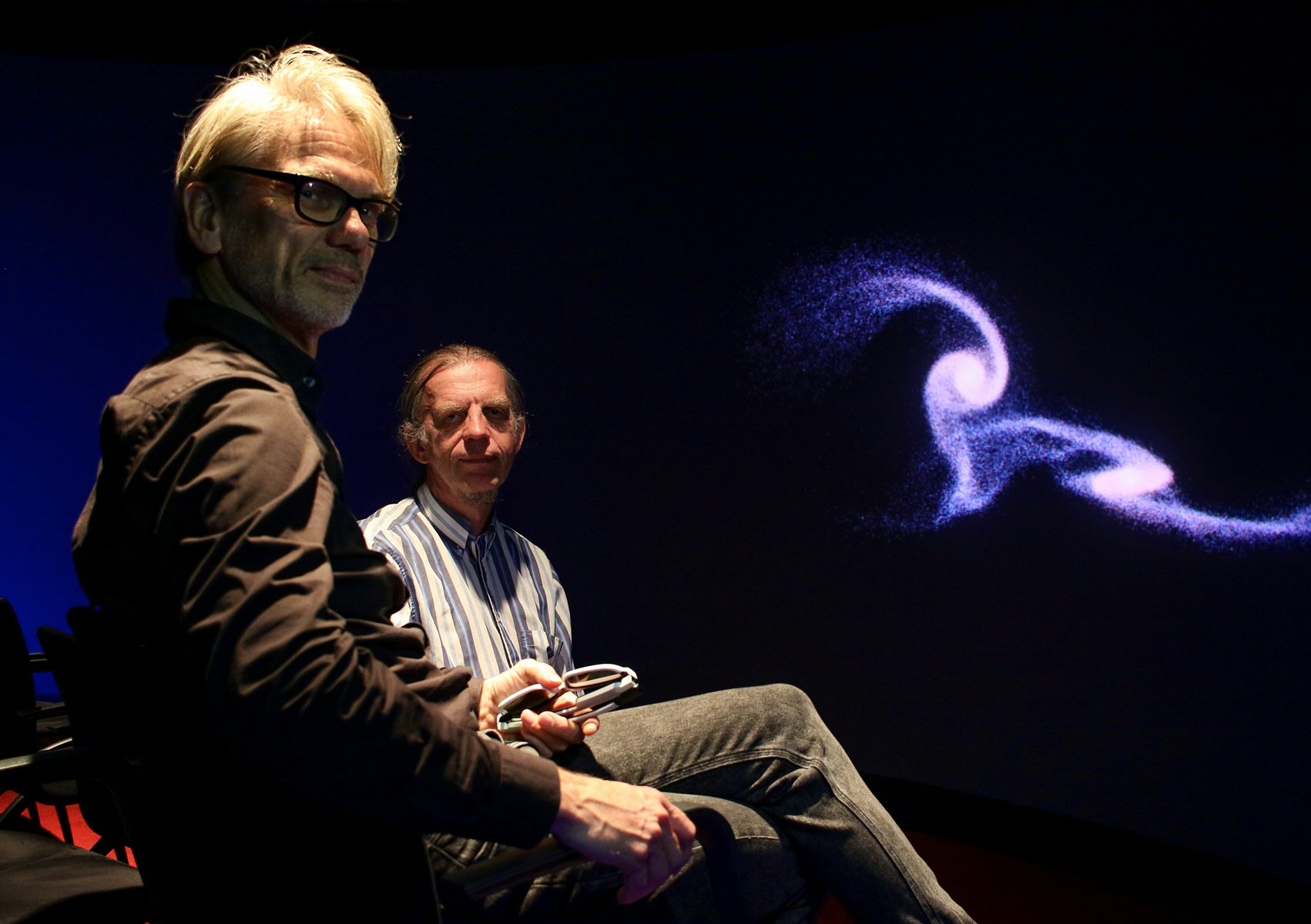
It is used to treat phobias, for conducting psychological experiments, to identify bones, to construct a virtual city - the possibilities of virtual reality (VR) are endless. The increasing popularity of VR means that more and more lecturers and researchers are trying to use applications in their work. The UG Reality Center is there to give them a helping hand. Frans van Hoesel: ‘People are often amazed by the scope of the possibilities. You tell me what you’d like to use virtual reality for and nine times out of ten, it will turn out that it’s already out there.’
Text: Nynke Broersma / Photos: Hesterliena Wolthuis
Van Hoesel is head of the Reality Center, a department in the UG where all kinds of VR applications are developed. According to his business card, he is an Illusion Manager. ‘Why do I use that title? Simple: virtual reality is the ultimate form of illusion’. The most high-profile example in the Reality Center is probably the Reality Cube: a cube in which 3-D images are projected onto three walls and the floor. Due to this ‘immersion’ in images, virtual situations can evoke the same feelings and emotions as real situations. This makes the Cube perfect for treatments such as exposure therapy. ‘We once had a girl who was scared of heights. It took her half an hour to take just one step towards the virtual abyss. That says enough about how real it feels in there’, says Van Hoesel.
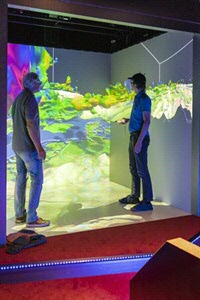
Psychological experiments
Although exposure therapy in real airplanes or using real spiders has been around for years, Virtual Reality Exposure Therapy (VRET) as it is called has several advantages. For example, the therapists can adjust the situation where necessary and clients often find it easier to practise than they do in real situations. In addition, it is possible to repeat exactly the same situation, making the Reality Cube a highly suitable setting for psychological experiments. A prime example of research carried out here is the Chicken Experiment. Participants are asked to walk through a virtual system of corridors, in which they encounter virtual oncoming people. Who do you step aside for? And what does this say about stereotyping? ‘You could obviously use actors for the other people, but the chances of an actor doing exactly the same thing every single day are fairly remote. In the Reality Cube, you can replicate an experiment accurately, which makes the results more reliable’, explains Van Hoesel.
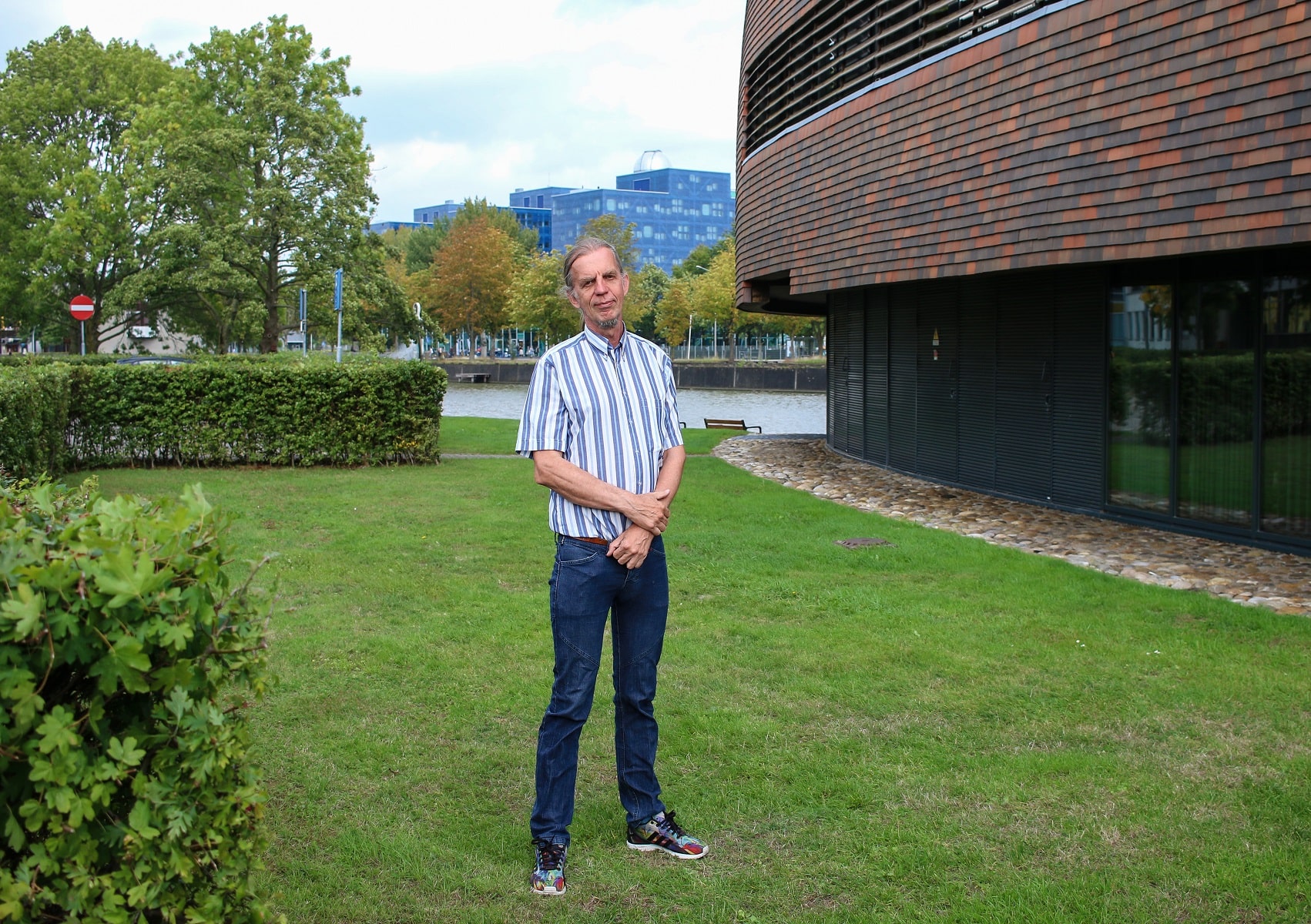
More than head-mounted displays
The use of VR in psychology is just one example of the countless possibilities. And yet some researchers and scientists have never heard of the Reality Center. Why is this? Van Hoesel: ‘Sometimes when I’m giving a talk at an inspiration day, I notice how amazed people are to hear what’s possible. If someone comes up to us with an idea, nine times out of ten it’s already out there. We can help them to implement their ideas.’
Furthermore, Van Hoesel believes that when people think about VR, they tend to imagine the head-mounted display (VR goggles worn on your head). ‘As well as the Reality Cube, the Reality Center also has a Reality Theatre. This theatre has an 8-metre interactive 3-D screen and seating for nineteen people. This creates even more opportunities. For example, last year we made a visualization of Middag-Humsterland, an area of protected land where windmills had been planned. We presented our visualization to a delegation from the municipality. It not only allowed them to see what the new landscape would look like, but also to discuss the advantages and disadvantages of their plans and make the necessary changes on the spot.’
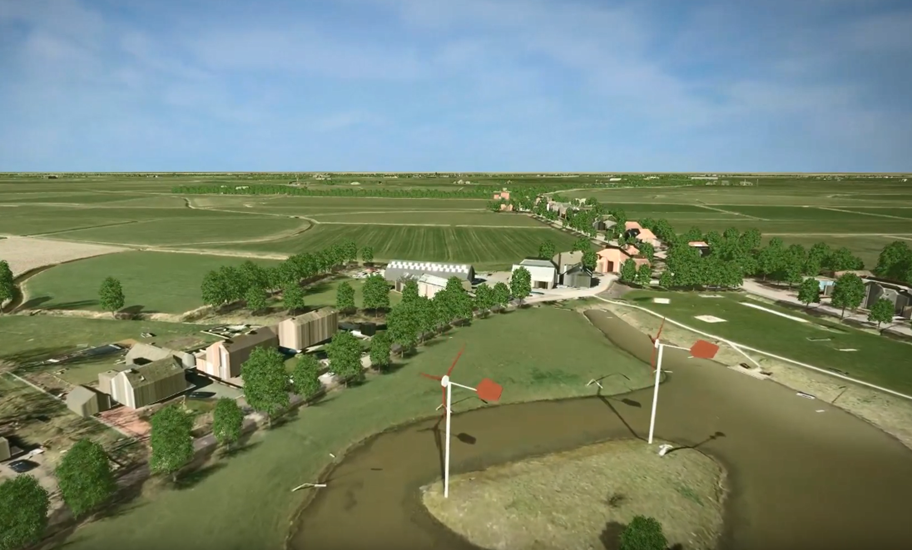
Studying bones with virtual reality
There are countless opportunities for using VR in teaching too, says André Rosendaal. He represents the Faculty of Arts in the V/AR hub: a collaboration between the Reality Center and various UG faculties. The faculties have access to the VR Lab, an area in the Reality Center where VR applications are developed and made available for use. It is also a place where faculties can share knowledge and experiences and look into setting up joint projects. Rosendaal: ‘I hope that lecturers and researchers will start to realize what a great tool VR is for experimenting and teaching.’
Bonify , a tool developed by the Reality Center and the Archaeology department, is a good example. Students hold a card showing a bone in front of their VR goggles and a 3-D version appears. The VR goggles allow them to see the real bone they are holding in their hand along with the 3-D image, making it easier to work out which bone it is and the animal it comes from. Turning the card enables them to study the bone in detail from every angle.
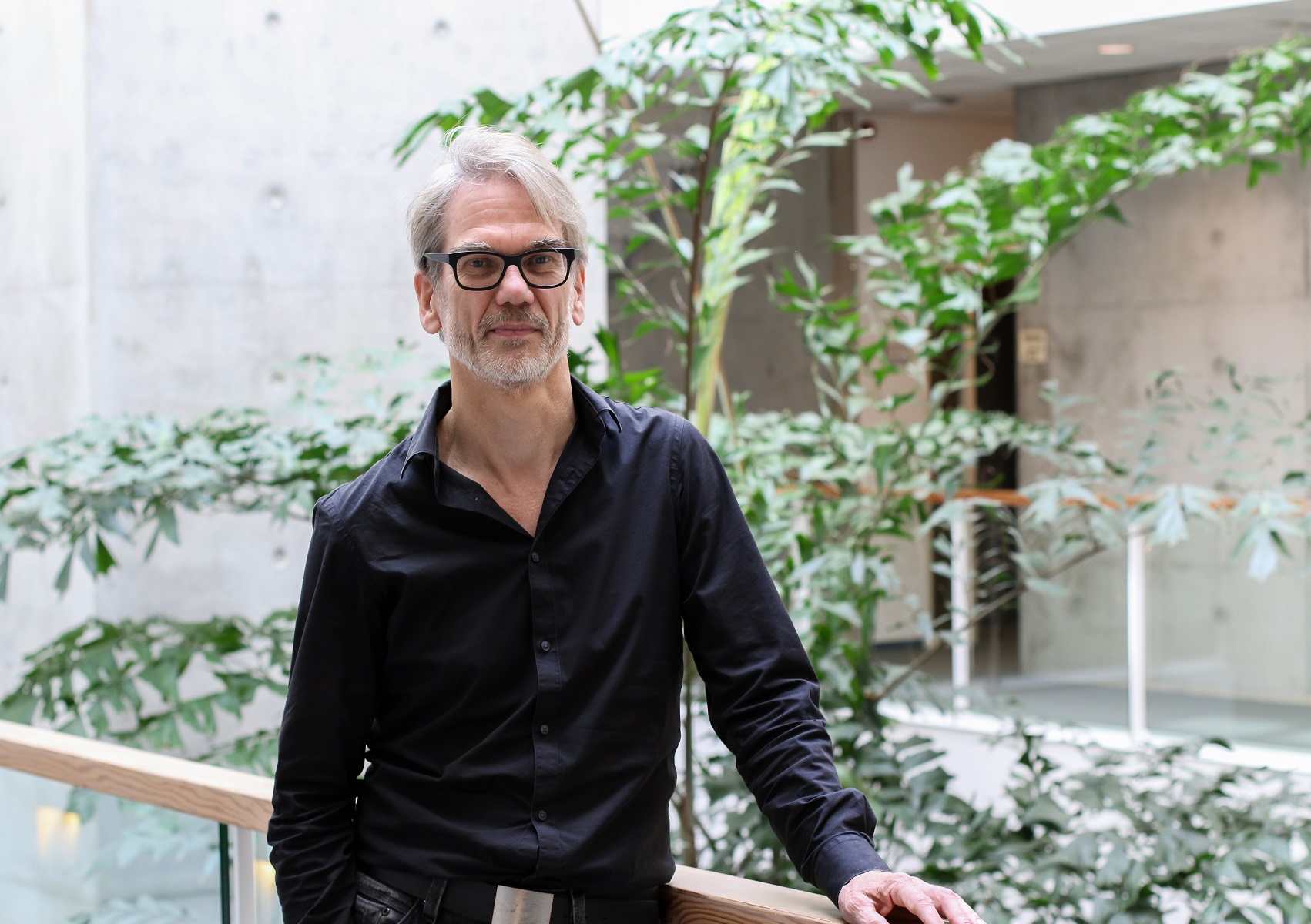
A VR lab for every faculty?
It’s certainly possible, but will VR ever become the norm? Van Hoesel has been working at the UG long enough to know that it sometimes takes a very long time before innovations are actually implemented: ‘There are many articles available nowadays on the advantages of VR for teaching and research. It takes a while, but people are increasingly experimenting with it. There’s already a lot more interest in it at conferences. Plus, it’s becoming cheaper.’
Rosendaal also believes that VR will play an increasingly bigger role. ‘Students will be working with VR in their jobs after graduating, both in research and in other fields. That’s why I think that students, lecturers and researchers would benefit from a VR Lab in their own faculty – partly to enhance their knowledge of VR, but mainly to gain experience of using the various applications.’
Van Hoesel and Rosendaal hope that until then, lecturers and researchers will find their way to the Reality Center and the V/AR hub. ‘People sometimes have a plan, but aren’t sure how to develop it. We have all the knowledge on hand, and we’re more than happy to share it!’
More information
Frans van Hoesel
André Rosendaal
More news
-
15 September 2025
Successful visit to the UG by Rector of Institut Teknologi Bandung
